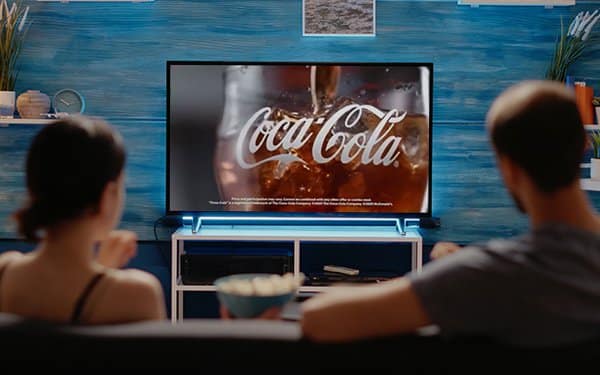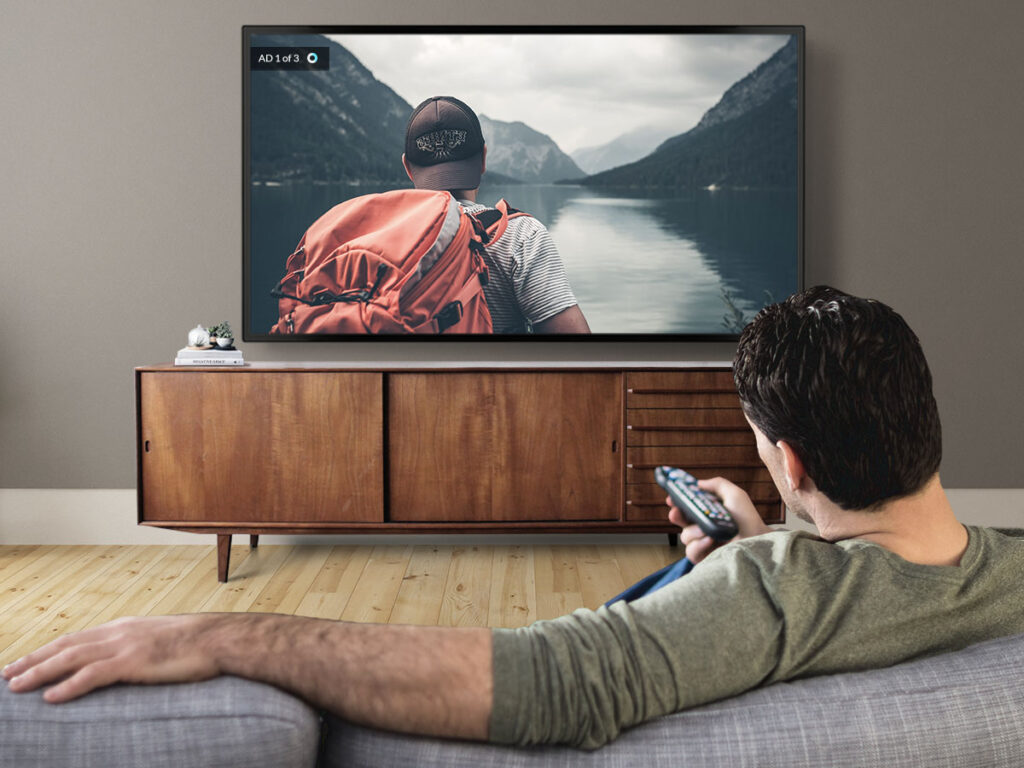Sensodyne wanted to know more than simply if people were watching its television advertising. The Haleon-owned toothpaste brand also wants to focus on attention.
But that’s an issue because Sensodyne considers its product “quite mass market and broad,” according to Phil Jackson, the brand’s global director of digital marketing effectiveness.
In fact, tooth sensitivity is already the most frequent dental problem in the UK, where Haleon is headquartered.
Sensodyne and Publicis Le One, Haleon’s media agency of record, collaborated with audience measurement provider TVision to evaluate UK attention trends in the dental care market to identify which channels, programs, and dayparts score highest.
READ MORE: FOX, CBS, And Cox All Agree To Pay $48 Million To Settle Claims That They Fixed The Prices Of TV Ads
The agency then made minor adjustments to maximize ad placement based on when and where UK viewers were most likely to tune in. These changes resulted in a significant increase in attention to Sensodyne advertisements, but they also appear to have had a favorable influence on short-term product sales.
How TVision Works

As anyone who has daydreamed in the middle of a long meeting will tell, being physically present does not imply paying attention.
TVision’s technique aims to account for this by measuring eyes-on-screen attention in an opted-in panel using a device inserted by the panelists themselves.
The device collects photos of the person sitting in front of the television. It then converts the photos to a coded format, similar to how PII is generally processed. If a subject’s gaze is not focused on the screen, it is considered a “zero.” When a viewer faces the screen, it is a “one.”
The final attention statistic is calculated as the percentage of viewers who kept their gaze on the screen for two or more seconds while an ad was playing.
TVision CEO and Co-Founder Yan Liu believes that passive data collection provides a more accurate picture of engagement. It also provides a better, less disruptive experience for panelists, who churn at a lesser rate than previous assessment methods, he claimed. (Panelists also earn a little monetary reward for their participation.

“There’s no button [to] push, there’s no survey, there’s no phone call,” Liu told me. “The only thing we ask you to do is to enjoy the show.”
Optimizing attention
Working with TVision, Sensodyne discovered that certain dayparts drew considerably more attention than others. Weekends, for example, and primetime (between approximately 8 and 11 p.m. on weekdays) produced very high attention rates.
TVision also examined attention rates over time, allowing it to identify – and hence rule out – specific seasonal tendencies. According to Hollan Wills, a senior research analyst at TVision, attention frequently “starts to wear out” during the Q4 Christmas season, presumably due to market oversaturation.
READ MORE: Problematic Ads In CTV: The Perils Of Programmatic Dreams
Monitoring specific TV networks also provided valuable insights.

Channel 4 (not to be confused with BBC Four), for example, proved to be a “sweet spot” for giving the most attention during peak viewing periods, Jackson said.
The results:
With this information in hand, Publicis Le One started making minor changes to Sensodyne’s media buying strategy.
This includes enhancing Sensodyne’s visibility on specific channels and focusing on placements during high-performing programs on channels where commercials were already showing.
The change to higher attention channels almost immediately resulted in increased attention. Sensodyne’s TV advertising improved engagement from 54% in February to 62% in just two months.
READ MORE: LG Ads Study Reveals Viewers Want To Buy Products Via TV
But, more importantly, Sensodyne’s TV optimization efforts most likely increased the brand’s short-term sales. While Sensodyne is unable to isolate the impact of TV advertisements and establish actual causality, Jackson remains optimistic about the connection.

“You can make all these changes [and] the numbers can all look like they’re going in the right direction,” he told me. “Ultimately, you want to ensure that the business has been positively influenced. And we may state that it has been.”
What happens next?
Moving ahead, media managers across Haleon’s business, who generally spend in digital channels such as YouTube and Meta, will be able to use this attention measure data to similar experiments, including streaming.
Because many of the same laws that govern linear TV also apply to linked TV.
“CTV has drastically changed the game in terms of viewing patterns,” says Wills, “[but some] are very intuitive in terms of looking at someone’s typical workday and when they have the most time to sit down and watch TV.”
Radiant TV, offering to elevate your entertainment game! Movies, TV series, exclusive interviews, music, and more—download now on various devices, including iPhones, Androids, smart TVs, Apple TV, Fire Stick, and more.


